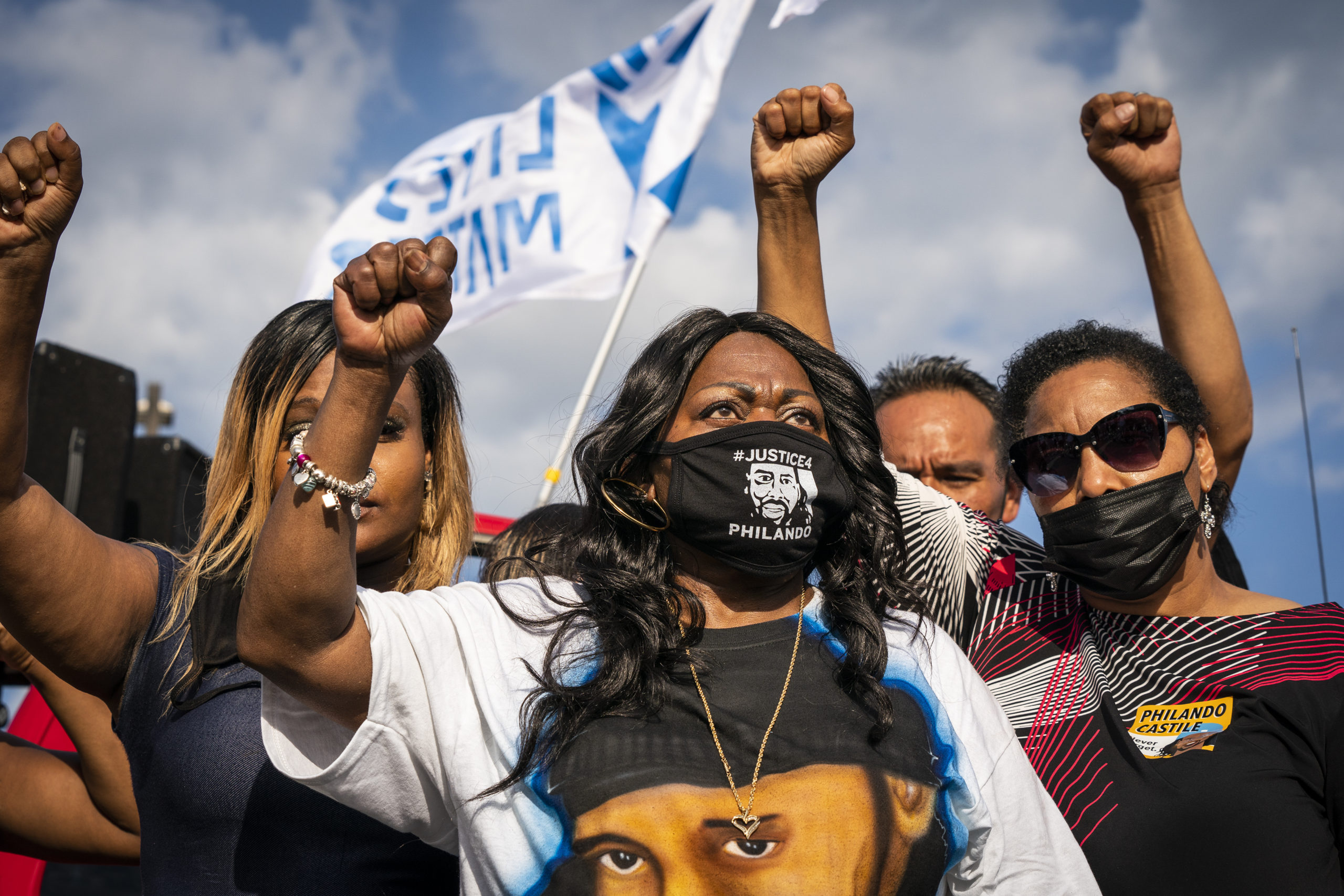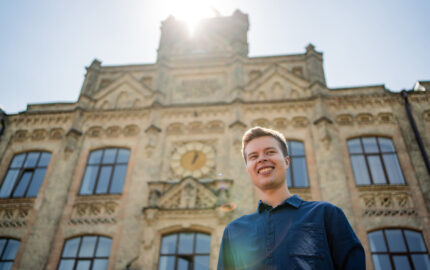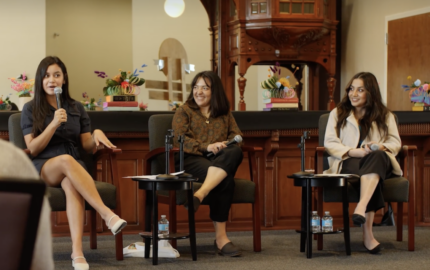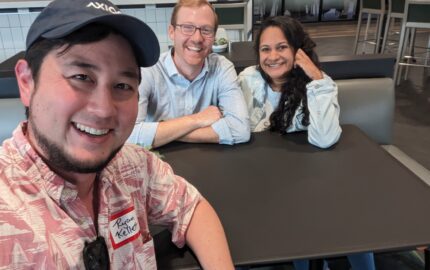“But you’re young, you’re Black, and you’d be connected to a different community than we are,” she said. With that, I was brought on board as the videographer and researcher for the Johannesburg desk of The New York Times.
My new boss was pointing to the importance she saw in having different voices in our little outpost of a newsroom. Celia Duggar and her husband Barry Bearak shared the bureau and are still some of the best journalists I’ve ever known. But there were also aspects of life in South Africa that they would never get; there were stories I’d be closer to simply because I was young and Black.
Four years in South Africa, working in and teaching journalism, made me hyperaware of other coverage of the country — how often international outlets oversimplified local problems, misidentified their root causes, and failed to humanize the people. International newsrooms also missed countless stories, examples not just of struggle, but of simple joy and triumph. The humor I saw everywhere around me was absent from so much of the coverage. I began to realize that outlets weren’t telling these stories because, at best, they were blind to them, and, at worst, they were willfully ignorant.
And that was due in part to not being diverse enough — not having people who could see the complexity of a country still righting itself after generations of apartheid.
By 2016, I found myself in Brooklyn interviewing for an associate producer job at Vice for a new nightly news show on HBO. They asked what I thought about their coverage of the continent, and I laid into some of it. Vice was both a magazine I had read since I was a kid and home to some of the storytelling with which I had huge issues. At times, its work did the opposite of what I thought the best journalism does — illustrate people’s full humanity. Vice sometimes veered into white boy adventurism. I thought they could do better, and I was told later I pounded the table while pointing this out.
Ultimately, I took the job because it was clear the company wanted to change. I was part of a hiring wave that created the most diverse workplace I’ve ever seen. It’s hard to overstate just how transformative the people in the newsroom were to Vice’s overall coverage.
We followed a Black Santa in New Orleans’ Seventh Ward, a movement by gangs in Detroit to take up paintballing, and the persistent problem of Black land loss throughout the South. All of these stories — which may not even have been pitched in other newsrooms — were made better because of the diversity of our crews.
But what really drove home the importance of a diverse newsroom to me was our reporting on the aftermath of the murder of George Floyd. As Minneapolis was convulsing in protest, our crew sat on a porch interviewing Valerie Castile. Four years earlier, police had shot and killed her son Philando during a traffic stop.
She had opened up immediately to our crew — three Black men and a Mexican-American woman. Castile buzzed with moral clarity and righteous anger that yet another Black man had been killed at the hands of the police just a few miles away. “My son died, so that you, and you and you,” she said as she pointed to us, “could see what’s really happening in this world.” I was silent. We all were.
It was a moment that wouldn’t have been possible had our crew looked like so many others in Minneapolis. I had thought the same thing the day before when Minnesota State Troopers had arrested us at gunpoint.
We were released early the next morning and the charges were eventually dropped. Our work, along with that of a number of our colleagues reporting from around the country, was recognized with an Emmy. But more significantly, it clarified the importance of having people from a range of backgrounds telling these stories.
I applied for a Nieman fellowship to look at ways to open up documentary filmmaking to underrepresented communities. I’ve spent the past several months trying to see why the industry looks the way it does and investigating ways to try to change that, both in the newsroom and the classroom.
I want to do this not simply because it’s right, but because it benefits us as storytellers and the communities we cover.




